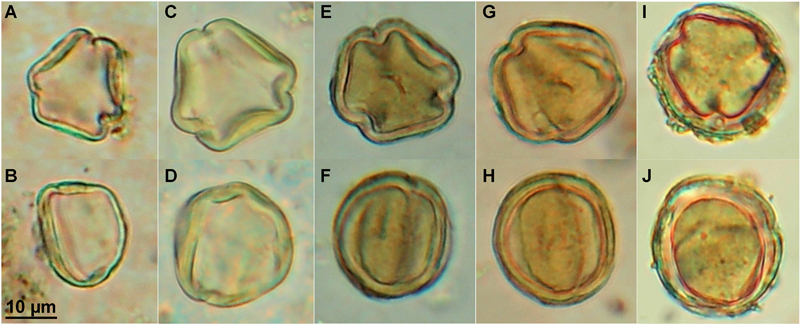
Locally sourced grapes and imported tar pitches may have been the norms for winemakers along the coast of Italy during the Roman period, according to jars recovered from the ocean near the harbor of San Felice Circeo.
Three different wine jars, or amphorae, were recovered and analyzed, giving researchers a useful insight into the practices for producing wine in this particular region in 1–2 century BCE, part of the late Greco-Italic period.
What makes the research particularly notable is that it combines some of the latest chemical analysis techniques with other approaches used in archaeobotany to discover more about these jars than would otherwise be possible.
"[T]hree marine amphorae, retrieved in 2018 from the ancient anchorage of San Felice Circeo (Italy), offered a rare opportunity to develop interdisciplinary research through archaeobotanical and chemical analyses," write the researchers in their published paper.
One of the lab techniques used here was a combination of gas chromatography and mass spectrometry, different ways of separating and identifying chemical markers in a material – in this case, trained on the organic residue left in the jars.
The researchers also looked for pollen trapped in that residue. This kind of analysis has been done before, but not often on wine jars like these, and rarely with the purpose of trying to understand the wider historical context for an artifact.
A careful study of the grapevine pollen revealed that the jars were used to make both red and white wine, and that local plants were used – though it's not clear whether or not these plants were domesticated at the time.
Meanwhile, traces of pine suggest it was used to waterproof the jars and perhaps also to flavor the wine. The tar pitch that included the pine would have been sourced from outside the region, the researchers say, perhaps from Calabria or Sicily.
 Some of the pollen grains used in the study. (Chassouant et al., PLOS One, 2022)
Some of the pollen grains used in the study. (Chassouant et al., PLOS One, 2022)
"The presence of both pollen and charcoal allowed a better understanding regarding the pitch origin, which is impossible to reach through organic residue analyses alone," write the researchers.
The findings around the San Felice Circeo harbor, some 90 kilometers (56 miles) southeast of Rome, include a variety of other ceramics and artifacts. Archaeologists think that the area may have been close to a Roman canal.
While the researchers can't be sure about all of the conclusions that they've reached in their study, they have been able to go further because of the range of interdisciplinary methods used in teasing out the chemical makeup of what's left in these jars.
That means combining chemical and botanical expertise with other historical and archaeological records, and previous studies into wine jars such as these – going beyond chemical analysis to dig into the surrounding history of the artifacts.
"By using different approaches to unravel the content and nature of the coating layer of Roman amphorae, we have pushed the conclusion further in the understanding of ancient practices than it would have been with a single approach," say the researchers.
The research has been published in PLOS One.





No comments:
Post a Comment